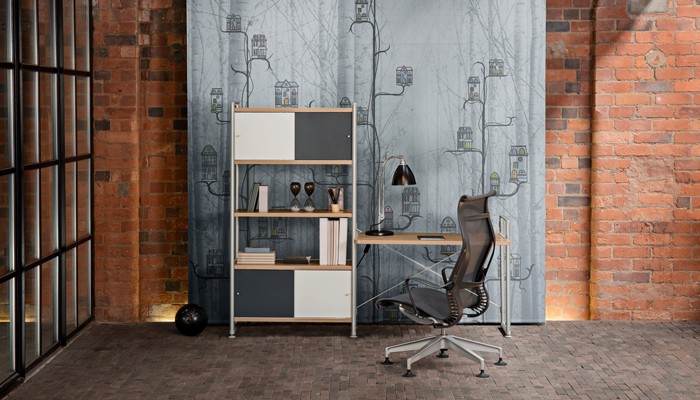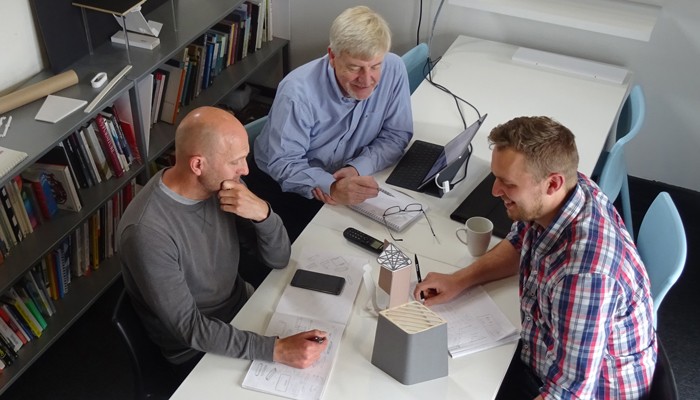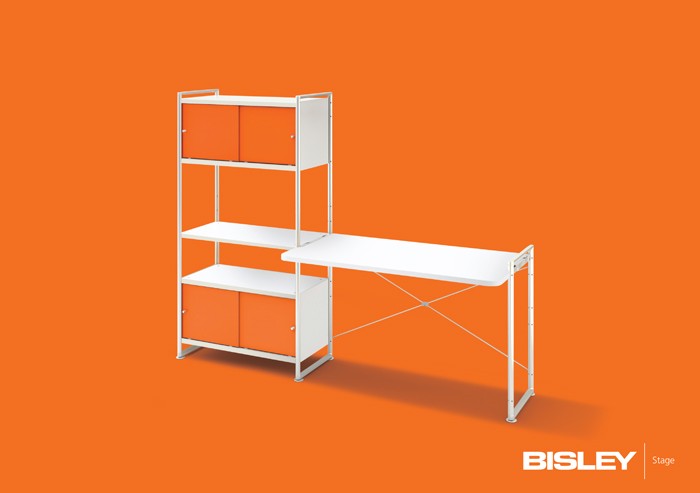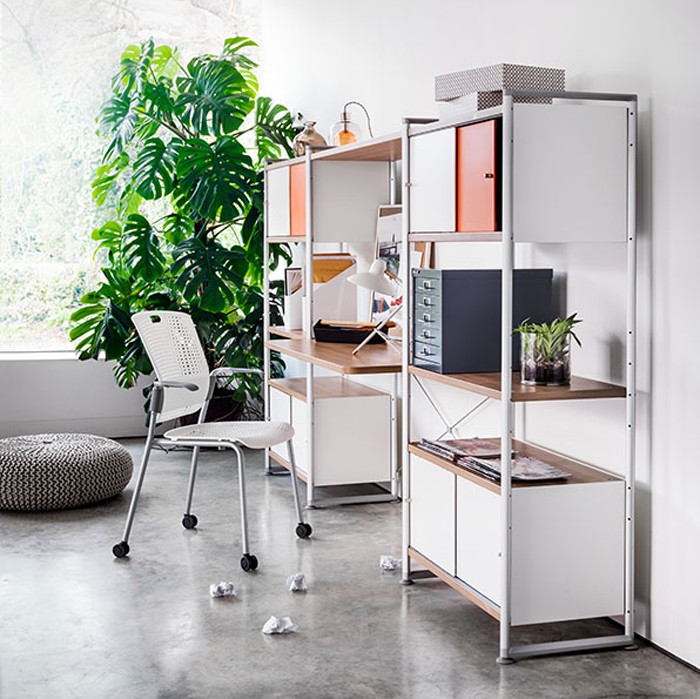Designer Q&A: Barry Jenkins on Stage for Bisley
This week we had the chance to speak with Barry Jenkins, Director of UK based design consultancy BroomeJenkins. Having started BroomeJenkins in 2003, Barry brought a wealth of experience from the contract furniture sector and design consultancy, having worked across a range of sectors including, urban design, housewares, consumer electronics and transportation. BroomeJenkins work across multiple sectors, designing products for manufacturers and places with local authorities.
We met with Barry to discuss Stage, the highly adaptable furniture system his consultancy designed for Bisley, a name synonymous with quality products and intelligent design.
How did your collaboration with Bisley begin?
I have known Bisley for many years and had worked with them previously. We kept in touch through our work with other clients in the contract furniture sector, meeting at trade events etc. Seeing how digital storage was threatening conventional paper storage, we felt there was an opportunity to develop an open shelf system to store and display things that could not be digitised. Thinking about this, the Stage collaboration started by showing BIsley a concept idea we had developed with them in mind.
How did you and Bisley identify the brief for Stage?
While we were developing our original idea, we saw the cross sector potential for Stage, we decided that our original design had a bias towards the contract furniture sector and that a change of approach was needed to better suit the nature of retail sales and distribution.
What was BroomeJenkins’ design approach for Stage?
We decided that Stage should functionally and stylistically be able to cross the divide between home and work. The aim was to provide a system that would suit SME’s (small and medium sizes enterprises) to create work settings and open storage, as well as an integrated solution for home working. We think that integrating a stand alone desk in the corner of a typical lounge or spare bedroom is awkward, and shelving provides a more seamless integration, as the shelves can be used for anything from books, to crockery!
Technically we were very hands-on and managed to complete the initial phase of physical design within six months. Having settled on the brief, the solution became clear very quickly, starting with traditional sketches but then moving quickly through CAD to 3D printed assembly details.
We progressed through several stages of physical development, the first build used fabricated tube to represent the aluminum frame and steel and MFC shelves to test the assembly, strength and stability. Although still a prototype, Bisley were able to make the steel shelves and boxes like final production parts. The steel frame was then replaced with an aluminium frame using extrusions and machined parts to represent the casting. We were able to use extrusions to test the strength and to check the aesthetics, as it is more cost effective to actually run the extrusion than to simulate them with prototypes. We had a very accurate final prototype within a few months of designing the system.
Bisley are re-launching Stage, can you tell us more about the design specifications?
As a system, Stage has considerable potential to build a variety of applications that consist of open shelves, boxes and worktops. Like other system products it is important to make it accessible for the consumer. This is one of the main differences between the contract and retail sectors. Therefore some of the work behind the re-launch has involved rationalising the way Stage is presented to a retail audience by focusing on six primary units. This does not limit the capability of the range, but simply makes it easier to purchase.
The sizes of boxes and shelf pitch is based around the storage of A4 files. The fixing positions have been optimised to reduce the number of visible holes, but to ensure the shelf positions are useful, with the main datum being the position of desk height at 740mm..
There are currently four frame heights from 778mm to 1570mm at a depth of 415mm. Shelves and worktops are available in three MFC finishes – White, Cherry and Walnut. The sides and backs of the boxes are available in white and sliding doors are available in eight colours.
Stage is for Work Life and Home Life, can you explain more?
Our home and work lives have overlapped due to the way IT has permeated all aspects of our lives. Whether actually working from home or simply needing somewhere to house IT, files and other media, Stage works well in workplace and domestic settings. It can be configured to fit the space available, and with a choice of finishes can adapt to any modern decor.
Although Stage is not an office system in the conventional sense, it can work as free-standing units and workstations, possibly better suited to SME’s.
Contact BroomeJenkins
Contact Bisley








